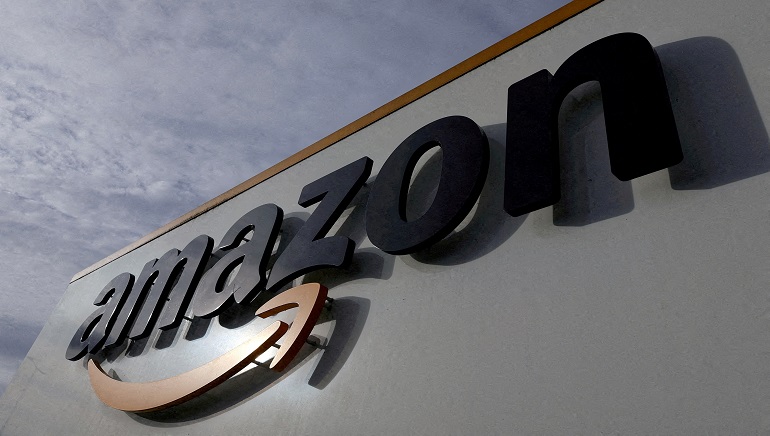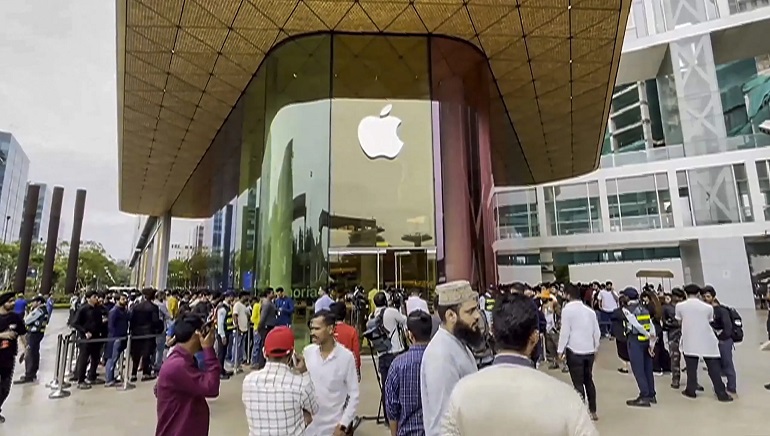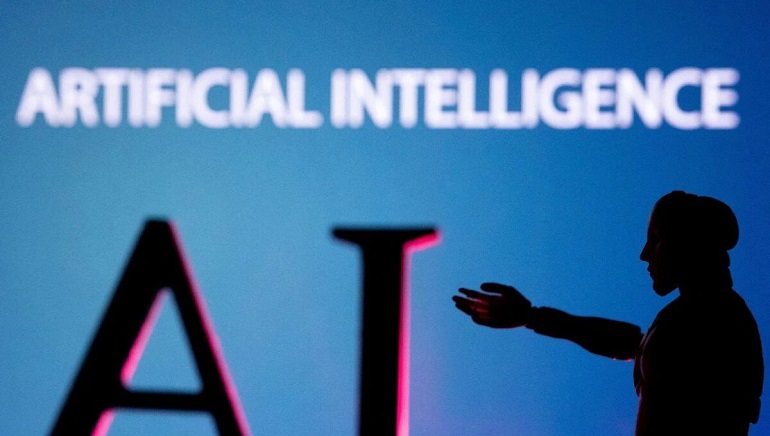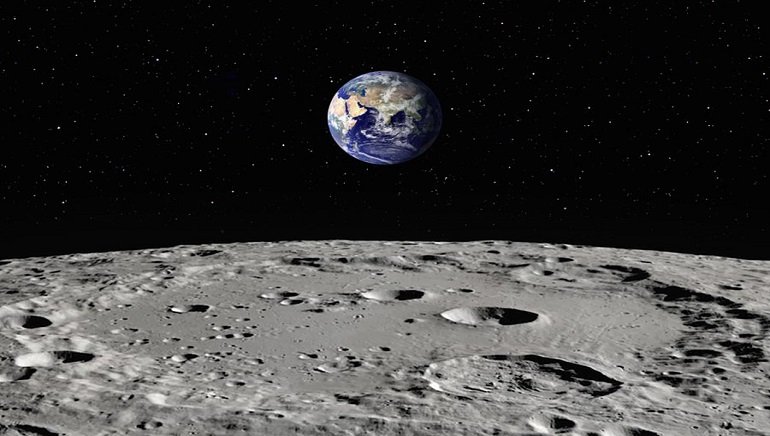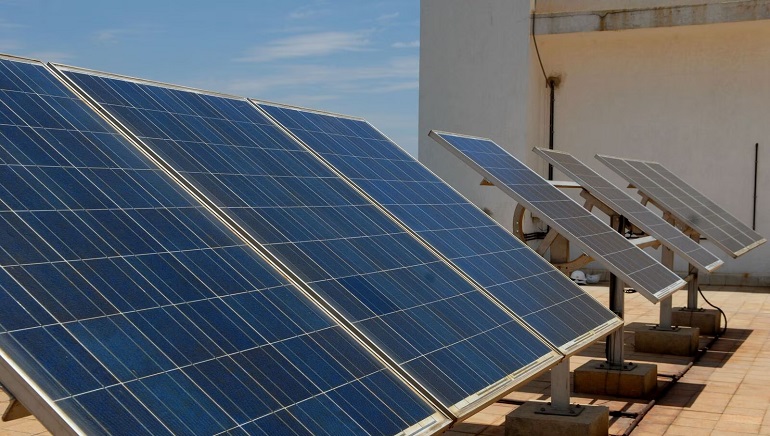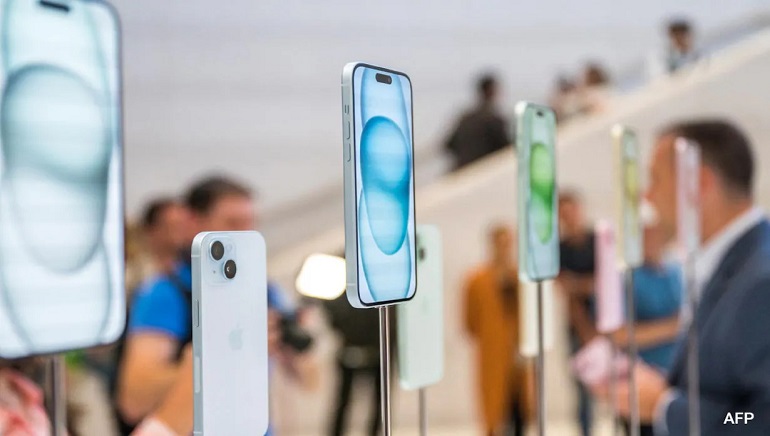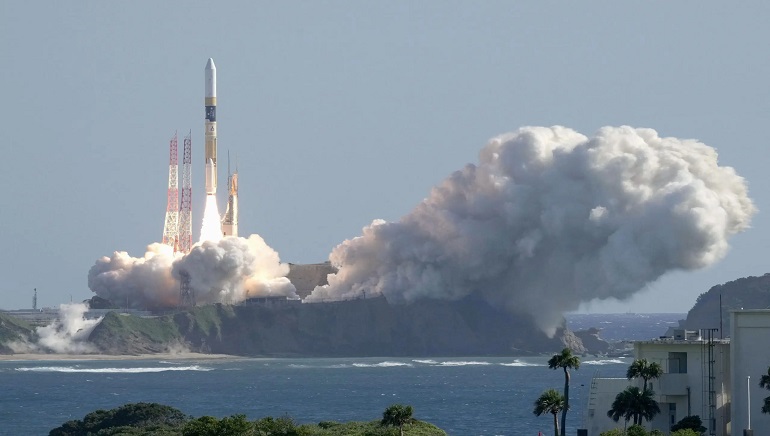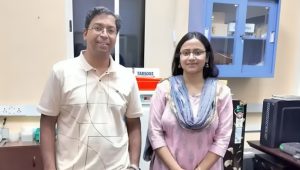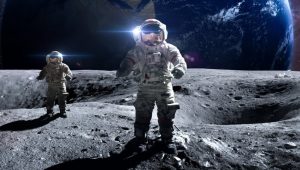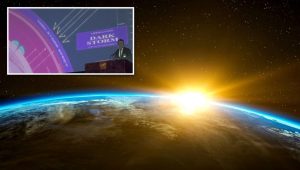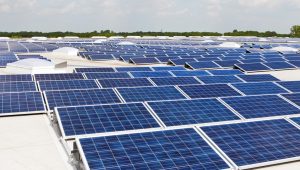E-commerce giant Amazon will invest up to $4 billion in artificial intelligence company Anthropic and take a minority ownership position in the company to fuel generative artificial intelligence (AI).
Anthropic was founded about two years ago by former OpenAI research executives, and recently launched its new AI chatbot, Claude 2.
The two companies on September 25 said that they are forming a strategic collaboration to advance generative AI, with the start-up selecting Amazon Web Services (AWS) as its primary cloud provider. Anthropic said it will provide AWS customers with early access to unique features for model customisation and fine-tuning capabilities.
Anthropic will also use custom AWS-designed semiconductors to train the foundational models that underpin its AI applications. Foundation models are large AI programs trained on vast amounts of data so that they can be adapted to solve a wide range of tasks.
AWS customers will be able to build on Anthropic’s AI models via Amazon Bedrock — a service that lets customers build generative AI applications in the cloud via existing models, rather than train their own models.
Amazon is looking to position itself as the one-stop shop for AI. The e-commerce giant designs its own chips for training huge AI models. Through Amazon Bedrock, customers can also design their own generative AI applications using existing models, which are all run on the Amazon cloud. The company sells its own AI applications too.





